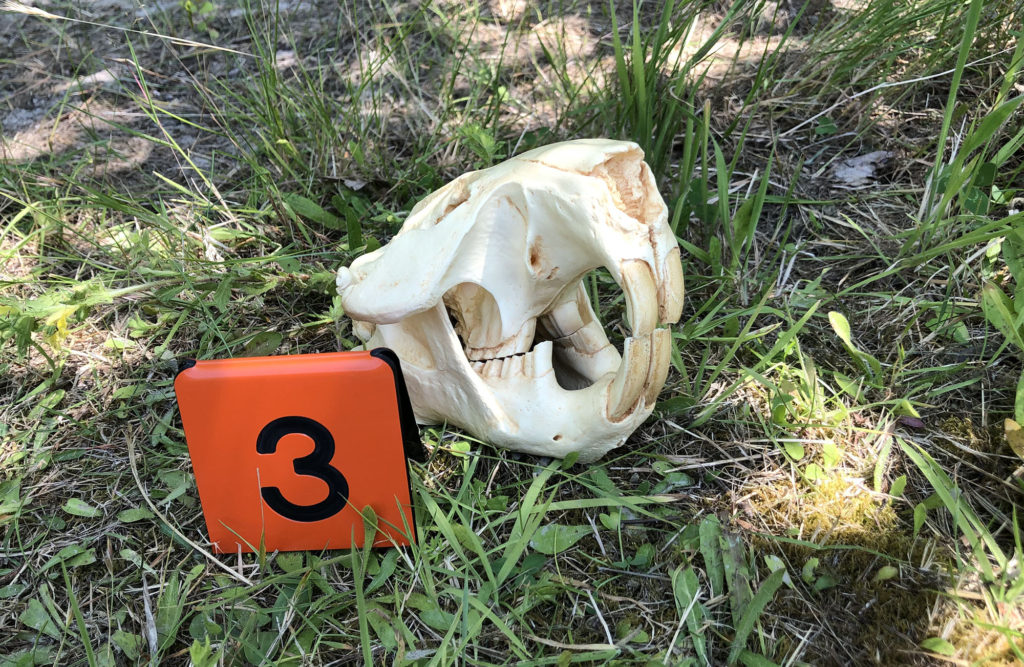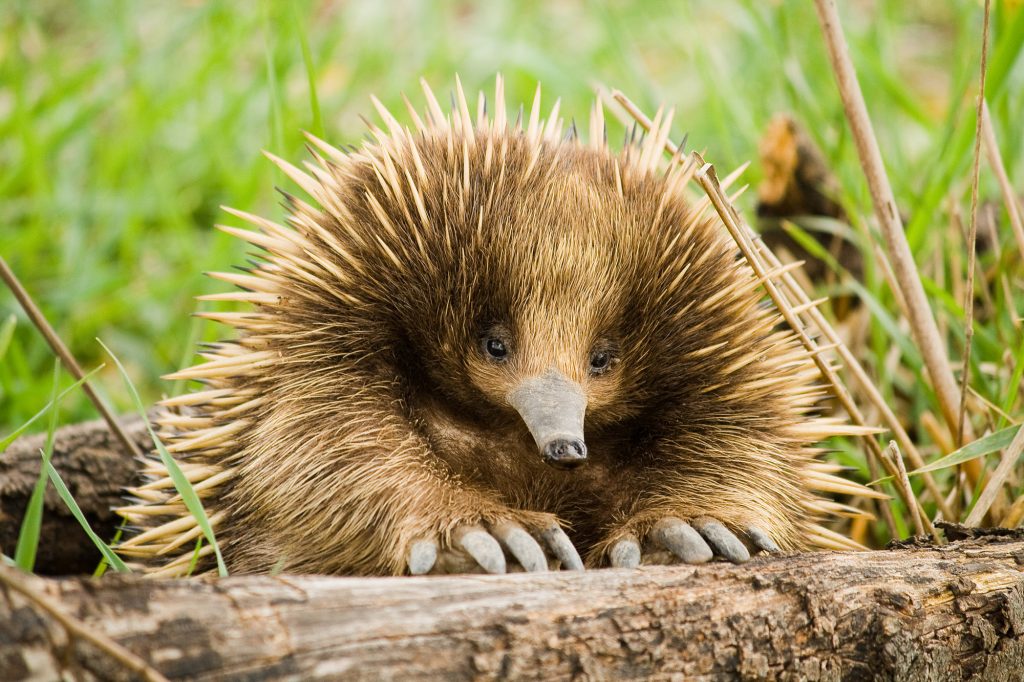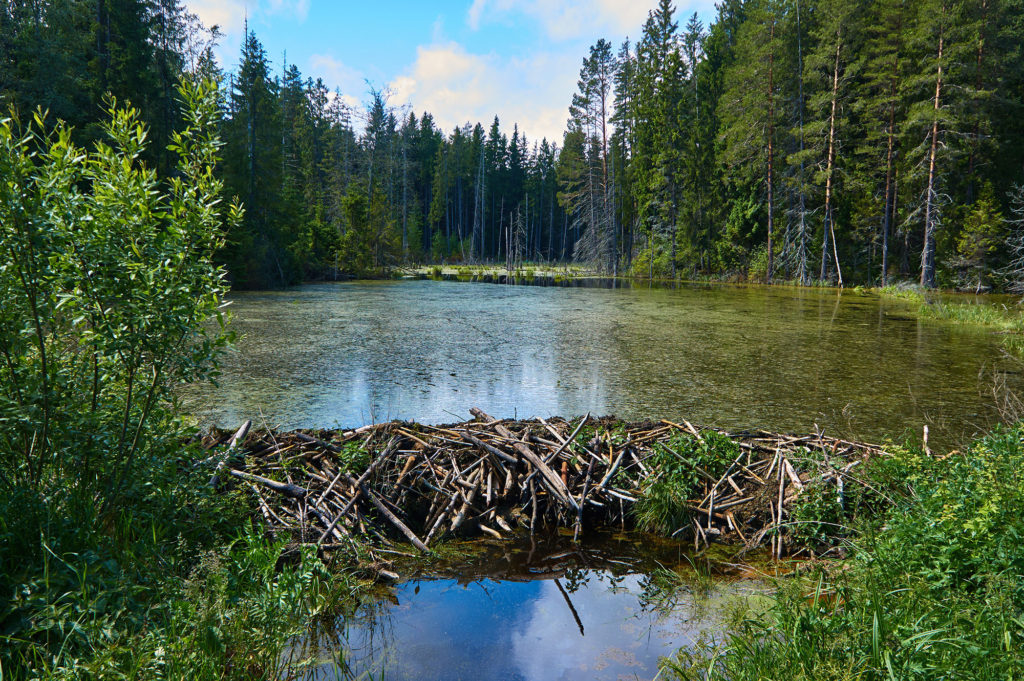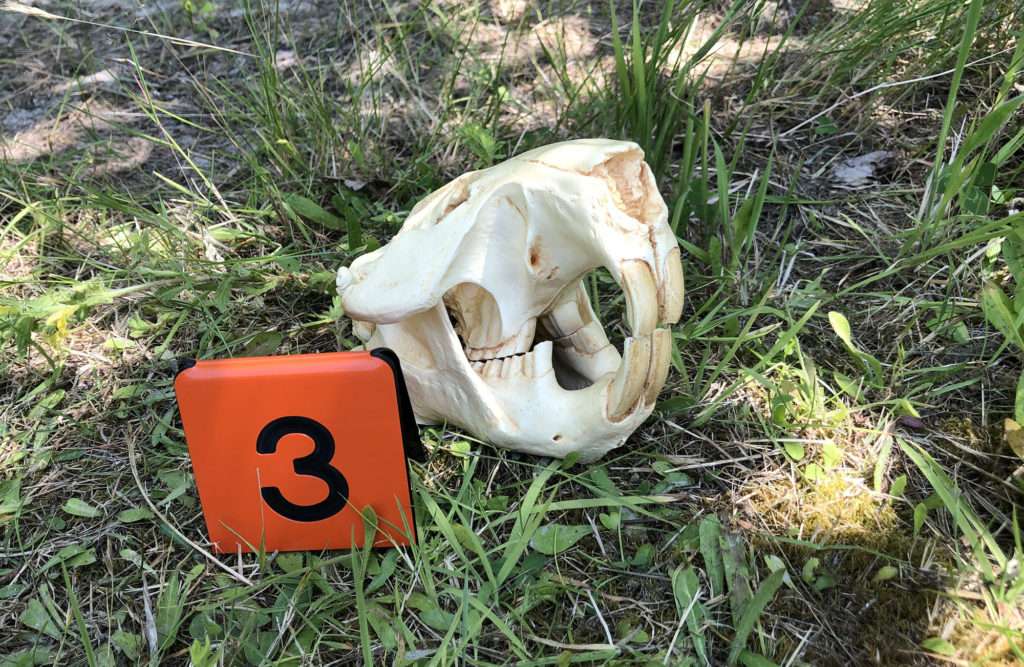
Mammals Hair, Milk, & More


Mammals Outcomes
-
List characteristics of mammals.
-
Describe marsupials and monotremes, and provide an example of each.
-
Describe beaver characteristics, including impacts on ecosystems.

Mammals are the most studied of all animals, not only because we are mammals, but also because of their role in our food supply and as our companion animals.
This video provides an overview of mammalian characteristics.

Monotremes, including the spiny anteater and platypus, are mammals that lay eggs instead of bearing live young. The young then mature in a pouch, similar to marsupials, and like all mammals, drink milk.
Marsupial mammals, including the kangaroo, wallaby, koala, and opossum, typically carry their young in a pouch. The young are relatively undeveloped and need the extra protected growth period to survive.
Beavers
Beavers are remarkable animals with elaborate social behaviors and construction capabilities.
Beavers have unique structures them to eat bark and survive cool water temperatures.

Orange Teeth
Beaver incisors contain iron which gives them an orange color and extra hardness.

Waterproof
Beavers have dense fur that they continually groom and cover with an oily substance called castoreum, secreted from scent glands.

Extra Fat
Beavers have a dense layer of fat that insulates them in cold water.
Beaver use their webbed rear feet and flat tails to push through water.
Beaver enclosure at the Oregon Zoo, Portland.
Beavers have elaborate social behaviors.

Extended Families
A family generally starts with a monogamous pair, but grows with generations of offspring and sometimes their mates as well.

Communication
Beavers use a mix of visual, auditory, olfactory, and tactile forms of communication. A tail slapping on the water warns others of a potential predator.

Territoriality
Beaver families defend a territory around their lodge and dam. Scent marking communicates borders to other beavers.
Beavers are a keystone species. Although they have a low total biomass compared to many other species, their tree removal and dam building have a substantial impact on the environment.

Nutrient Retention
Nutrients build up behind dams; the water slows and particles settle. The rich sediment supports complex food webs.

Diverse Habitats
Beaver dams can transform a uniform habitat like a forest or meadow into a patchwork of habitats with the addition of a pond and wetland.
Humans have a complex relationship with beavers.

Cultural Significance
Beavers have lasting impact on the cultures in their regions.

Habitat Alteration
Beavers can damage trees and alter the course of streams through property.

Busy as a Beaver
Beavers are an icon for continual and cooperative work.

Beaver-created dams can cause ponds to form. What are two ecosystem advantages of beaver dams?
The next section introduces conservation biology, with an emphasis on streams.

Check your knowledge. Can you:
-
list characteristics of mammals?
-
describe marsupials and monotremes, and provide an example of each?
-
describe beaver characteristics, including impacts on ecosystems?



